Is the love of old houses fading away?
rosefolly
10 years ago
Related Stories
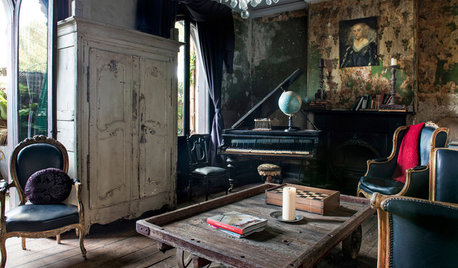
HOUZZ TOURSMy Houzz: Vintage Treasures Adorn a Faded Beauty
A designer brings a bold vision and love of the weird and wonderful to a 110-year-old Australian house
Full Story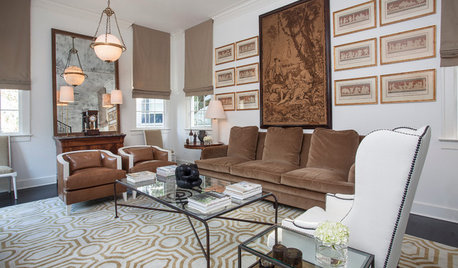
TRANSITIONAL HOMESHouzz Tour: Smart New Look for a Once-Faded Beauty
Homeowners fall in love with a 1939 Colonial Revival house in Baton Rouge, Louisiana, and bring it back to life
Full Story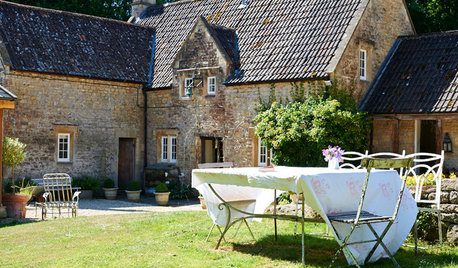
HOUZZ TOURSMy Houzz: Beautifully Tucked Away in Somerset
This traditional country home gets a sympathetic restoration under its owner's careful eye
Full Story
DECORATING GUIDESAn Expat’s Guide to Making a Home Away From Home
How do you stay balanced when each foot is in a different culture? You take a stand where you hang your hat
Full Story
HOME TECHHigh-Tech Tips for Securing Your House While You're Away
Prevent burglaries when you're traveling by using the latest gadgets, apps and online services
Full Story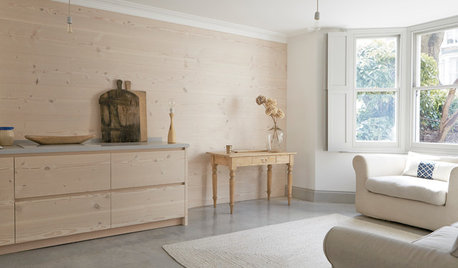
HOMES AROUND THE WORLDHouzz Tour: Streamlined Family Home Keeps Its Storage Tucked Away
In this modernized London Victorian, the focus is on letting beautiful materials and soothing colors shine
Full Story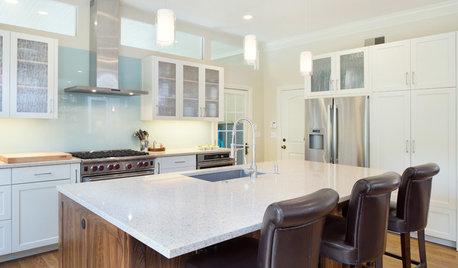
KITCHEN DESIGNModern Storage and Sunshine Scare Away the Monster in a Kansas Kitchen
New windows and all-white cabinetry lighten a kitchen that was once dominated by an oversize range hood and inefficient cabinets
Full Story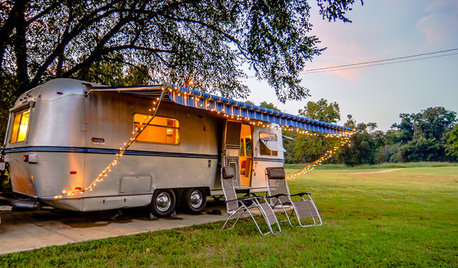
VINTAGE STYLEGet Away From It All in a Glamper
A glammed-up camper can transport you to a happy place, whether in your yard or on the highway
Full Story
LIFEHow Your Landscaping Can Keep Burglars Away
Prevent home break-ins with strategic landscaping and good practices instead of menacing — and maybe less effective — measures
Full Story





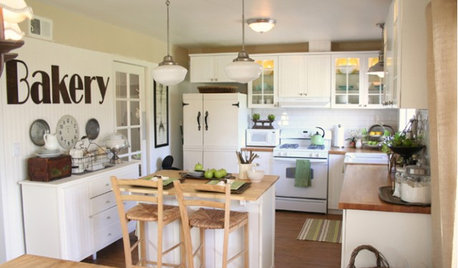




sombreuil_mongrel
worthy
Related Professionals
Agoura Hills Kitchen & Bathroom Designers · Fox Lake Kitchen & Bathroom Designers · Kalamazoo Kitchen & Bathroom Designers · Ojus Kitchen & Bathroom Designers · Springfield Kitchen & Bathroom Designers · Albuquerque Kitchen & Bathroom Remodelers · Trenton Kitchen & Bathroom Remodelers · Vashon Kitchen & Bathroom Remodelers · Westchester Kitchen & Bathroom Remodelers · North Chicago Kitchen & Bathroom Remodelers · Dania Beach Architects & Building Designers · Fort Lewis Architects & Building Designers · Pembroke Architects & Building Designers · Plainville Architects & Building Designers · Providence Architects & Building Designerscamlan
rosefollyOriginal Author
schicksal
ineffablespace
powermuffin
Deeby
edlincoln
raee_gw zone 5b-6a Ohio
edlincoln
James
gsciencechick
writersblock (9b/10a)
2ajsmama
concretenprimroses
peegee
schicksal
Debbie Downer
worthy